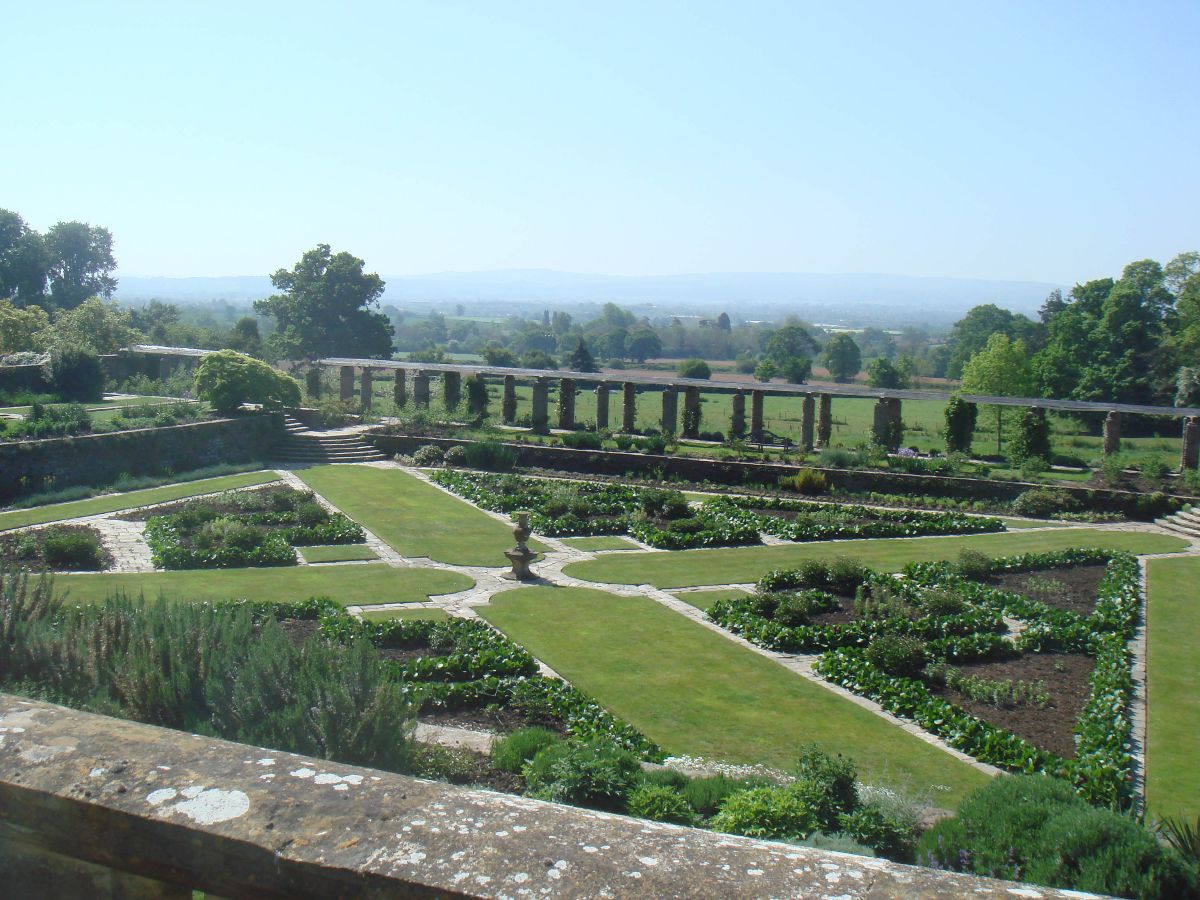Lambay Castle, Co. Dublin
Summer 2014
Lambay Island lies just a mile or two off the Dublin coast. It was there, from 1905 to 1912, that Edwin Lutyens added to a 16th-century fort for the recently married Cecil and Maude Baring to create a building, which must have been little short of idyllic.
And so it remains today, still cared for by the Baring family and lived in by Alex Baring (7th Baron Revelstoke), great-grandson of Cecil and Maude. By all appearances it is unchanged, the visitor finding the same furniture, fabrics and artefacts — and above all the same enchantment. And this is what a party of 20 from the Lutyens Trust, which included Martin Lutyens, and which was organised by Paul Waite, found after enduring (in some cases enjoying) a turbulent 45-minute voyage across Malahide Bay.
The exterior of the castle and the walk to it from the little harbour set the scene and instilled a state of mind. The approach to it is subliminal and gradual in the extreme. Apart from a formal array of plain steps on the harbour inspired by Rome’s ancient river port, Ripetta, nothing hints at what is to come: a longish, uphill walk across a meadow to a gap in a rampart wall — an ancient Irish hill fort perhaps? — then the path becomes mown, with stone margins — another gateway, more refined — and the path becomes stone with lawn margins — but no entrance door in view. This plays with the senses and the spirit with great intelligence and sensibility.
The house and its garden courts offer sanctuary in this wild place, and give an inkling of what is to come within. ASG Butler describes this perfectly in his Lutyens Memorial volumes:
‘Probably there is no other domestic work by [Lutyens] in which the house and its setting are so closely united. On a fine day in summer the difference between being in or out-of-doors can be hardly noticeable. stone landings and terraces merge into one another. Garden steps and staircases in the house form a mutual function in much the same material; and small neat lawns are kept mown in walled enclosures like rugs in rooms.’
But it is the interior which enchants.
To this visitor it was nothing short of the most perfect evocation of the Artistic House, the House Beautiful, yet without contrivance or pretension as if not for a moment trying to be so.
It is remarkable — and a tribute to the Baring family — that so much of the original has remained to this day, not just the building but its contents and spirit.
It is so special that one longs for more people to be able to see it, and yet in the same breath one fears for the effect that too many — especially if needing to stay in the house — would have on such a fragile being. Perhaps the answer lies in staying in O’Connell’s Cottage by the harbour, which has the waves pounding near its walls and sweeping sea views (ironically, views not seen from the castle), and from which that magical walk by meadow and rampart can be taken to the castle — either to have lunch there or dinner within its walls, warmed by its great Lutyens fireplaces.

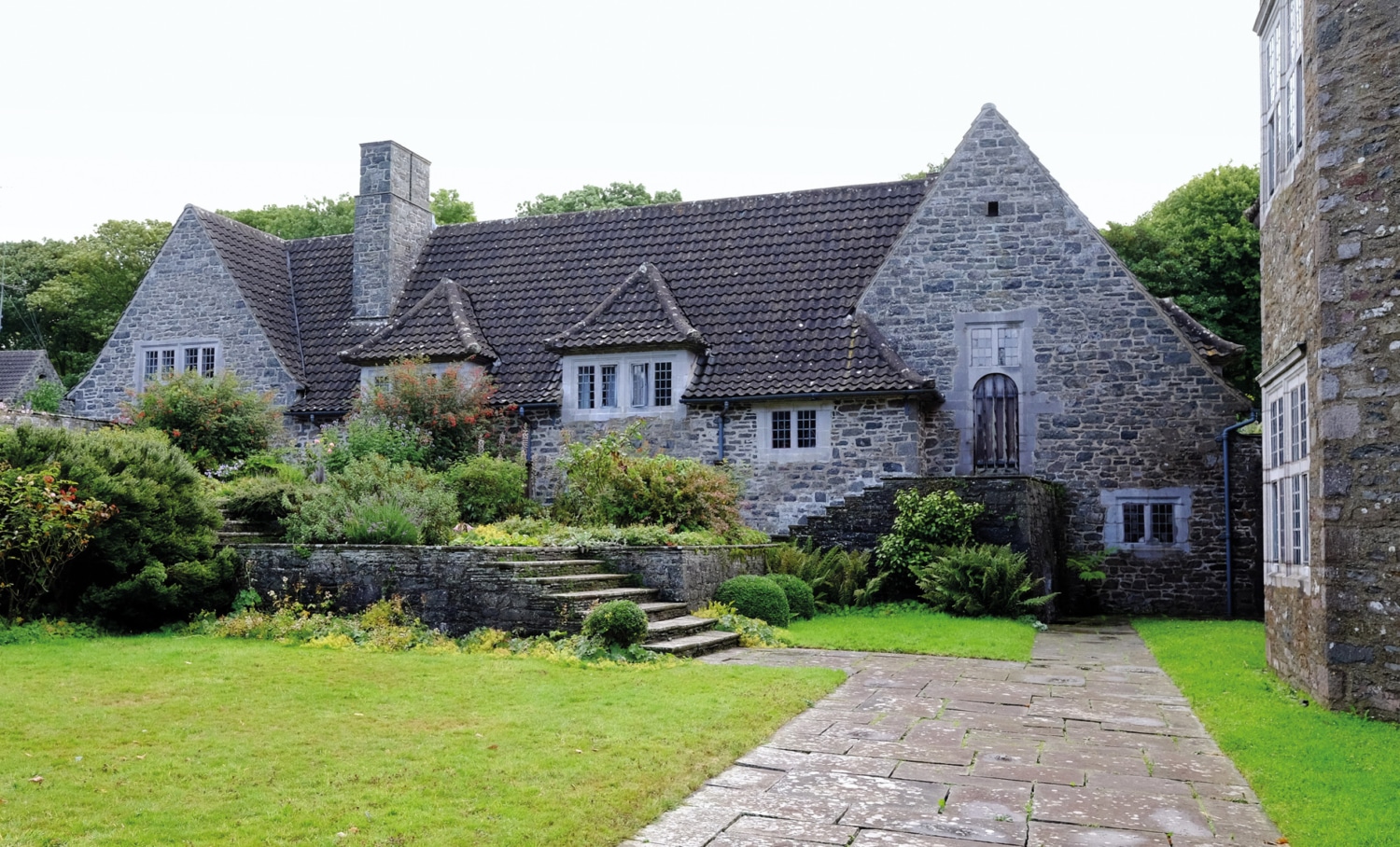

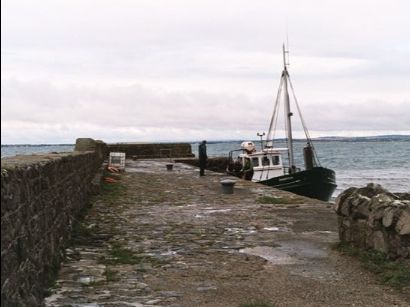
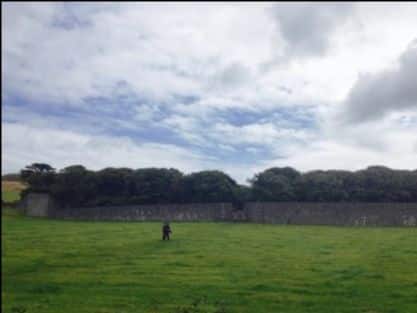


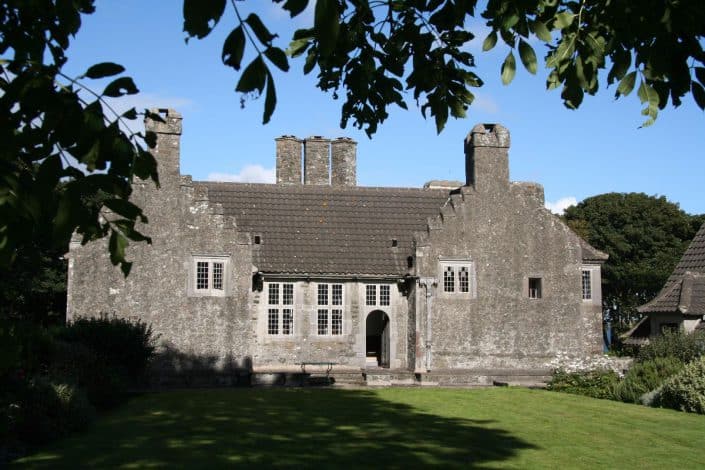
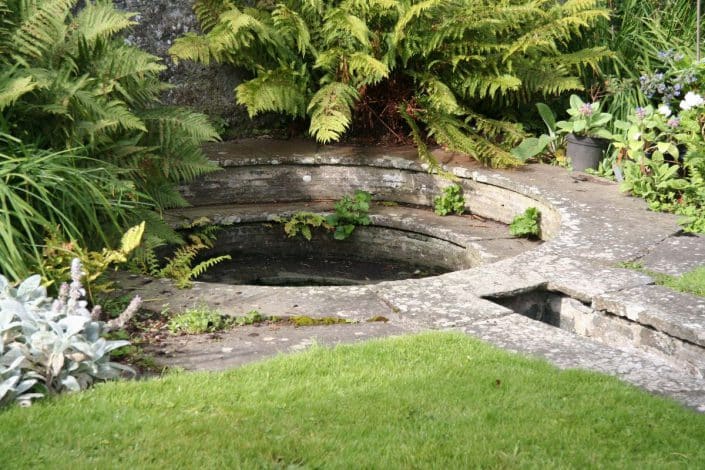

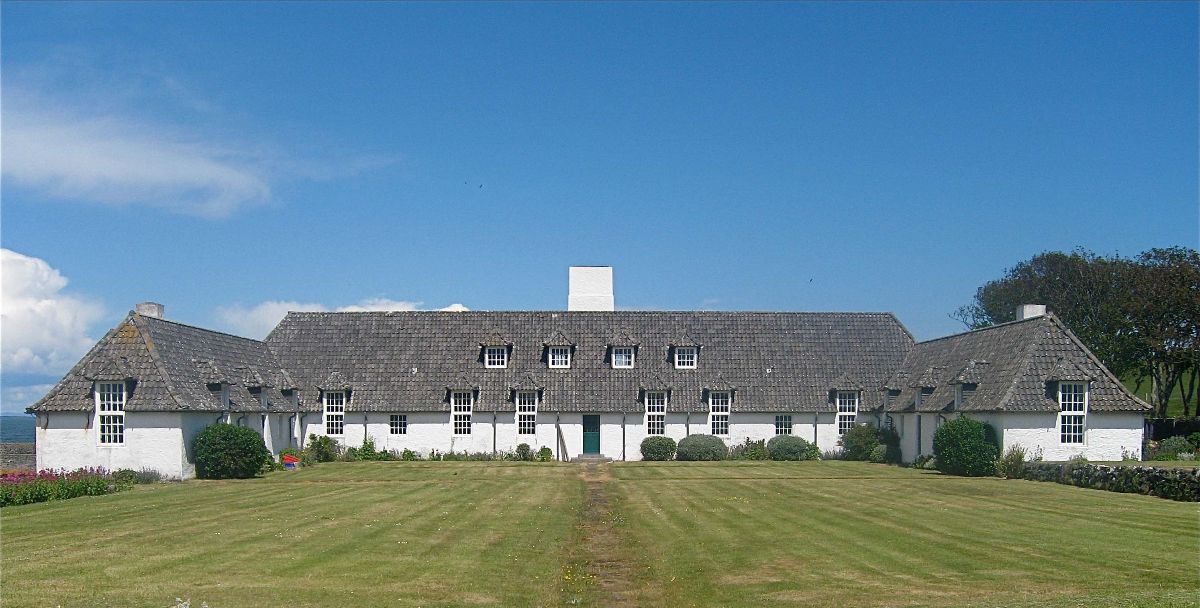
 Follow us on X
Follow us on X Follow us on Instagram
Follow us on Instagram Follow us on Facebook
Follow us on Facebook Follow us on YouTube
Follow us on YouTube

